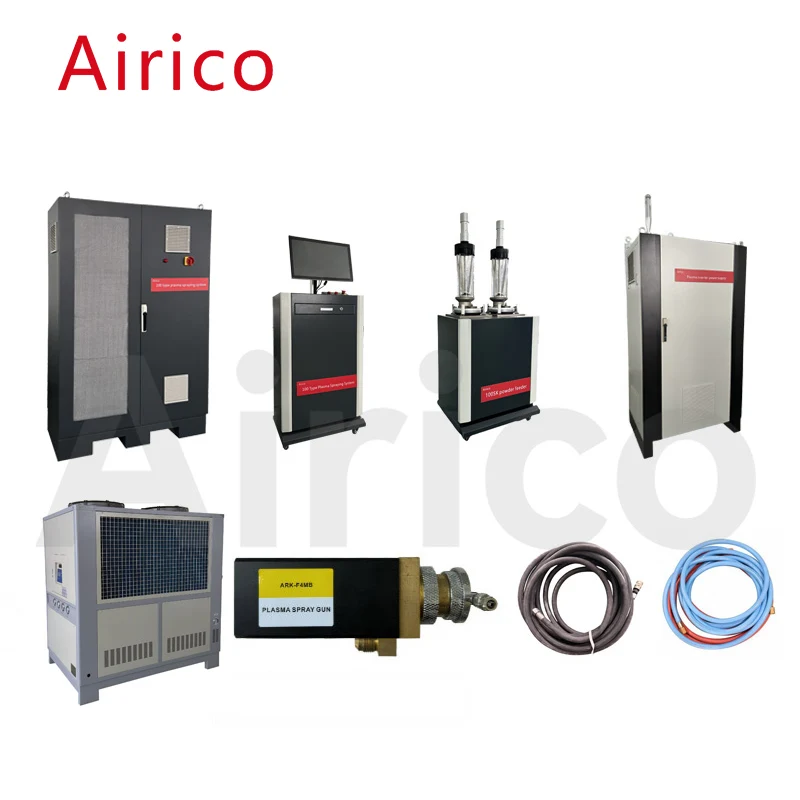What is Plasma Spraying Equipment? Understanding the Basics
2025-01-15
Plasma spraying is one of the most advanced thermal spraying techniques used to apply protective coatings and functional layers to materials. It uses a high-energy plasma arc to melt feedstock material and spray it onto a surface, creating a layer that can enhance the surface properties of various components. But what exactly is plasma spraying equipment, and how does it work? Let’s take a closer look.
How Plasma Spraying Equipment Works:
At the heart of plasma spraying equipment is the plasma arc. This arc is generated by passing a gas (typically argon, hydrogen, or nitrogen) through an electric arc to ionize it, creating a high-temperature plasma jet. The equipment consists of several key components:
1. Plasma Torch: The core part of plasma spraying, the torch generates and controls the plasma arc. It uses a combination of electrical and gas pressure to create and sustain the high temperatures required to melt feedstock materials.
2. Feedstock Material: Plasma spraying can use a variety of feedstock materials, including powders, wires, or rods. These materials are chosen based on the desired coating properties, such as wear resistance, corrosion resistance, or thermal insulation.
3. Plasma Gas: As mentioned, a gas like argon or hydrogen is ionized in the plasma torch to create the arc. The choice of gas affects the energy output and plasma temperature.
4. Spray Gun: The gun directs the molten feedstock toward the surface, allowing for precise application of the coating material. The speed and pressure of the spray are adjustable based on the specific requirements.
5. Cooling System: Given the high temperatures involved, cooling systems are essential to prevent the equipment from overheating. These systems use either air or water cooling to keep the components at operational temperatures.
Applications of Plasma Spraying Equipment:
Plasma spraying is used in a wide range of industries for various applications, including:
- Aerospace: To apply heat-resistant coatings on turbine blades, engine components, and other critical parts.
- Automotive: For wear-resistant coatings on parts like pistons, valves, and exhaust systems.
- Medical: Coatings for implants, such as titanium coatings on bone implants, to promote cell attachment and growth.
- Energy: Protective coatings for parts in power plants, oil and gas exploration, and renewable energy systems.
Advantages of Plasma Spraying:
- High-Quality Coatings: Plasma spraying can produce dense, durable coatings with excellent adhesion to the substrate material.
- Versatility: It can be used on a wide range of materials, from metals to ceramics and composites.
- Precision: Plasma spraying equipment allows for precise control of the coating thickness and properties.
- Environmental Resistance: Coatings applied through plasma spraying can provide excellent resistance to wear, corrosion, heat, and oxidation.
Plasma spraying equipment is an essential tool in many industrial applications where durability and performance are key. By utilizing a high-energy plasma arc, plasma spraying can produce high-quality coatings that protect and enhance the performance of critical components in demanding environments. As industries continue to evolve, plasma spraying will remain a crucial technology in advancing material science.



